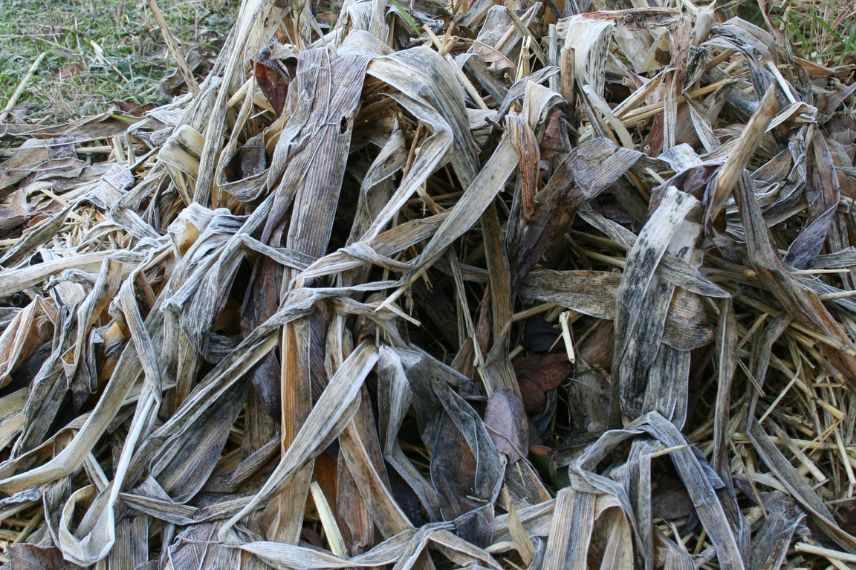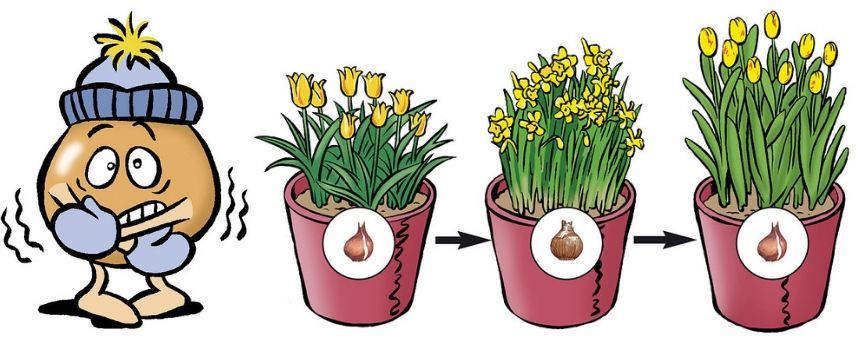
Vernalisation: what is it?
A beneficial cold snap for plants...
Contents
Winter is rarely gardeners’ favourite season. Driven indoors by cold, some grumble, others bide their time telling themselves “it kills pests”. But did you know cold is a blessing for some plants? Even better, this cold period is absolutely essential for their flowering and survival. Sadly, winters are becoming milder and some plants suffer. How? Why? We explain everything about this phenomenon called vernalisation.
Brief definition of vernalisation
Vernalisation is simply the period of cold, lasting from a few days to several months, required by some plants to initiate flowering. Duration and temperature vary according to plant species or plant variety. If this vernalisation phase is insufficient, flowering and therefore fruiting of many plants will be reduced, or even fail.
Do not confuse “vernalisation“, which refers to temperature changes that trigger flowering, and “stratification“, which covers all physical processes that improve germination such as cold and moisture treatment…This stratification allows “breaking of dormancy“, that is, the start of physiological functions of a seed placed on “stand by” during the cold season. But, by extension, the term “vernalisation” sometimes groups together techniques of exposing seeds to cold (freezer) to speed up germination and thus later flowering. It is an unfortunate misuse of terminology but you will, alas, find it in many publications and on the internet. Consider yourself warned!

Most plants need a winter rest period to initiate flowering the following season
So, what actually happens inside the plant?
To understand this phenomenon, researchers studied vernalisation in thale cress (Arabidopsis thaliana). Under normal conditions, gene Flowering Locus C (or FLC), present in all plants requiring vernalisation, prevents plant flowering. A plant exposed to cold for a certain period will initiate production of a protein named Vin 3 for Vernalization Insensitive 3 within cells themselves. This protein can switch off the FLC gene, allowing the plant to start flowering as soon as warmer weather arrives.
Vernalisation : what is it ?
In the past, vernalisation was considered only for biennial plants: those that spend winter as rosettes of leaves before starting their flowering the following season. But it turned out that most plants from cold climates need vernalisation: bulbs, biennials, perennials, trees and bushes such as, for example, spring bulbs (daffodil, crocus, snowdrop, …), trees and bushes that flower early in the season (apple trees, plum trees, peach trees, cherry trees, dogwoods, …) and perennials or biennials (foxgloves, hollyhocks, …).
In reality, plants could be classified into three categories:
- plants that are indifferent to vernalisation — these are annuals that germinate and flower within the year.
- plants that flower slightly earlier after exposure to cold.
- plants that absolutely need vernalisation to flower.
In short, this is why plants from cold climates cannot be grown in the tropics. And above all, why only plants perfectly adapted to our climate should be grown in gardens. Not just native but at least adapted.
If, unfortunately, these cold periods are not long enough, as now sometimes happens, some plants will not flower or will flower poorly. This can have disastrous consequences for harvests. Winters that are too “warm” can even, in the long term, kill trees. Beeches, for example, are slowly moving northwards in Europe to the benefit of oaks. Our forests will therefore change, returning to pure oak forests as two thousand years ago.
The most typical example in agriculture is winter wheat. It is sown in autumn and spends winter as “grass”. Once vernalisation has taken place, wheat can then flower and produce spikes of grain. If vernalisation had not occurred, this wheat would have continued to produce herb.
Another example in our vegetable gardens is garlic: garlic must be planted in autumn to undergo vernalisation. This way, the bulb can develop more effectively.

Most plants need vernalisation to flower the following season, notably spring bulbs !
Read also
Succeeding in sowing perennial plantsHow can vernalisation be artificially induced?
For bulbs
Some bulbs can begin flowering earlier if stored beforehand in a cool place before planting: a few weeks in the vegetable drawer of the fridge, for example. This is known as bulb forcing.
For perennials, biennials, trees and bushes
It is difficult to put these plants in the fridge. However, to achieve adequate flowering, plants that require good vernalisation to flower should be placed in the coolest part of the garden: to the north. Perennials requiring this vernalisation will flower more abundantly and often earlier than if planted in a warmer spot.
For seeds
If cold stratification is considered a form of vernalisation, although scientifically this is not the case — the cold then initiates breaking of dormancy in certain seeds — it is perfectly possible to mimic this by placing seeds in the freezer for a few days. Once this “winter” phase has passed, seeds will germinate quickly.
- Subscribe!
- Contents
































Comments